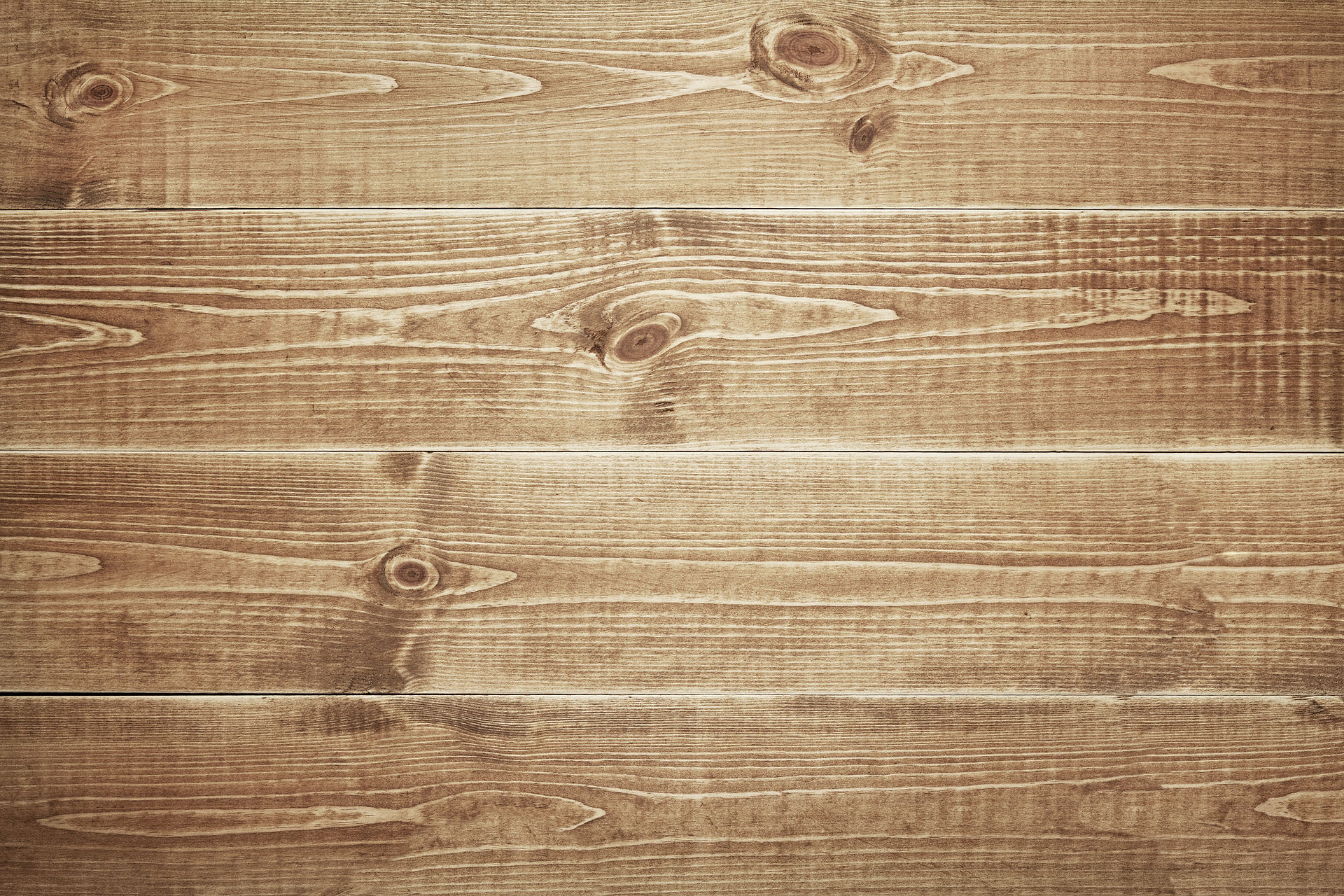Cedar Siding in Vancouver: Your Guide
- TYRONE BLAKE

- Oct 13
- 4 min read
Choosing the right siding for your property is a critical decision. It affects the look, durability, and value of your home or business. Cedar siding stands out as a popular choice in the Pacific Northwest. It offers natural beauty, durability, and excellent insulation. In this guide, I will walk you through the key aspects of cedar siding, focusing on options, benefits, and practical advice for your project.
Understanding Cedar Siding Options
Cedar siding comes in several styles and finishes. Each option has unique features that suit different architectural designs and maintenance preferences. Here are the most common types:
Shiplap Siding: This style features horizontal boards with a rabbet joint that overlaps. It creates a clean, modern look with tight seams that help keep out moisture.
Tongue and Groove Siding: Boards fit together with a tongue on one edge and a groove on the other. This style offers a smooth, flat surface and strong wind resistance.
Board and Batten: Wide boards are installed vertically with narrow strips (battens) covering the seams. This style adds texture and a rustic charm.
Channel Rustic: This siding has a rough-sawn surface with a deep channel between boards. It highlights the natural grain of cedar and adds character.
Shingles and Shakes: These are smaller pieces of cedar, either machine-cut (shingles) or hand-split (shakes). They provide a textured, traditional look often seen on cottages and historic homes.
Each style can be finished with stains or paints to enhance color and protect the wood. Natural cedar tones range from light amber to deep reddish-brown, which can be preserved with clear or tinted finishes.

Benefits of Cedar Siding
Cedar siding offers several advantages that make it a top choice for exterior cladding in the Pacific Northwest:
Durability: Cedar is naturally resistant to rot, decay, and insect damage. Its tight grain and natural oils protect it from moisture.
Insulation: Cedar provides excellent thermal insulation. It helps keep interiors warm in winter and cool in summer, reducing energy costs.
Aesthetic Appeal: The wood’s natural grain and color add warmth and character to any building. Cedar ages gracefully, developing a silver-gray patina if left untreated.
Sustainability: Cedar is a renewable resource. When sourced responsibly, it is an environmentally friendly siding option.
Ease of Installation and Repair: Cedar siding is relatively lightweight and easy to work with. Damaged boards can be replaced without major disruption.
These benefits make cedar siding a practical and attractive choice for homes and businesses. If you want to explore more about cedar siding in Vancouver, check out this resource for expert advice and services.

What are the downsides of cedar siding?
While cedar siding has many benefits, it is important to consider some potential drawbacks:
Maintenance Requirements: Cedar needs regular maintenance to keep its appearance and protection. This includes cleaning, staining, or painting every few years.
Cost: Cedar siding is generally more expensive than vinyl or fiber cement siding. The initial investment is higher, but it can pay off in longevity and curb appeal.
Susceptibility to Weathering: Without proper sealing, cedar can absorb moisture, leading to warping or splitting. The Pacific Northwest’s wet climate means you must be vigilant about upkeep.
Fire Risk: Cedar is combustible. In areas with fire risk, additional treatments or fire-resistant barriers may be necessary.
Color Fading: Over time, exposure to sunlight causes cedar to fade. Some homeowners prefer the natural weathered look, but others may want to maintain the original color with finishes.
Understanding these downsides helps you plan for the right care and budget. Proper installation and maintenance can minimize most issues.

How to Choose the Right Cedar Siding for Your Project
Selecting the best cedar siding depends on several factors:
Architectural Style: Match the siding style to your building’s design. For example, board and batten suits rustic or farmhouse styles, while shiplap fits modern homes.
Climate Considerations: In rainy areas, choose siding with tight joints and good water resistance. Proper sealing is essential.
Budget: Factor in both material and maintenance costs. Higher-end cedar siding may last longer but requires more upfront investment.
Maintenance Willingness: Decide how much time and effort you can dedicate to upkeep. Some finishes last longer and reduce maintenance frequency.
Environmental Impact: Look for sustainably harvested cedar to support eco-friendly building practices.
Consulting with experienced contractors can help you make the best choice. They can assess your property and recommend siding that fits your needs and local conditions.
Installation and Maintenance Tips
Proper installation and maintenance are key to maximizing cedar siding’s lifespan:
Installation:
- Use corrosion-resistant nails to prevent rust stains.
- Leave gaps for wood expansion and contraction.
- Install a weather-resistant barrier behind the siding.
- Ensure proper flashing around windows and doors to prevent water intrusion.
Maintenance:
- Clean siding annually with a mild detergent and water.
- Inspect for damage or rot regularly.
- Reapply stain or paint every 3-5 years, depending on exposure.
- Trim nearby vegetation to allow airflow and reduce moisture buildup.
Following these steps will keep your cedar siding looking great and performing well for decades.
Choosing cedar siding is a smart investment for anyone looking to enhance their property’s exterior. Its natural beauty, durability, and insulation benefits make it ideal for the Pacific Northwest climate. By understanding your options and committing to proper care, you can enjoy the timeless appeal of cedar siding for years to come. For more detailed guidance and professional installation, consider reaching out to experts specializing in cedar siding vancouver.




Comments